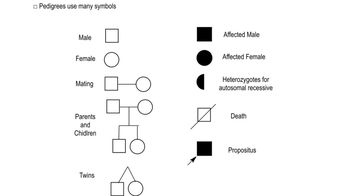Here are the essential concepts you must grasp in order to answer the question correctly.
Chromosomal Mutations
Chromosomal mutations involve changes in the structure or number of chromosomes, which can lead to genetic disorders. These mutations can be classified into two main types: aneuploidy, where there is an abnormal number of chromosomes, and structural mutations, which involve alterations in chromosome structure. Understanding these mutations is crucial for analyzing conditions like Down syndrome, which is caused by an extra copy of chromosome 21.
Recommended video:
Maternal Age and Nondisjunction
Nondisjunction is the failure of chromosomes to separate properly during cell division, leading to gametes with an abnormal number of chromosomes. Research has shown that the risk of nondisjunction increases with maternal age, which is a significant factor in the occurrence of Down syndrome. This connection helps explain why the extra chromosome in Down syndrome is often of maternal origin, as older eggs are more prone to this error.
Recommended video:
Genetic Testing and Pedigree Analysis
Genetic testing and pedigree analysis are essential tools for tracing the inheritance patterns of genetic conditions. By studying family histories and using techniques like karyotyping, researchers can determine the origin of chromosomal abnormalities. In the case of Down syndrome, these methods have provided evidence that the extra chromosome is typically inherited from the mother, reinforcing the link between maternal age and the likelihood of chromosomal mutations.
Recommended video:
 Verified step by step guidance
Verified step by step guidance Verified video answer for a similar problem:
Verified video answer for a similar problem:

